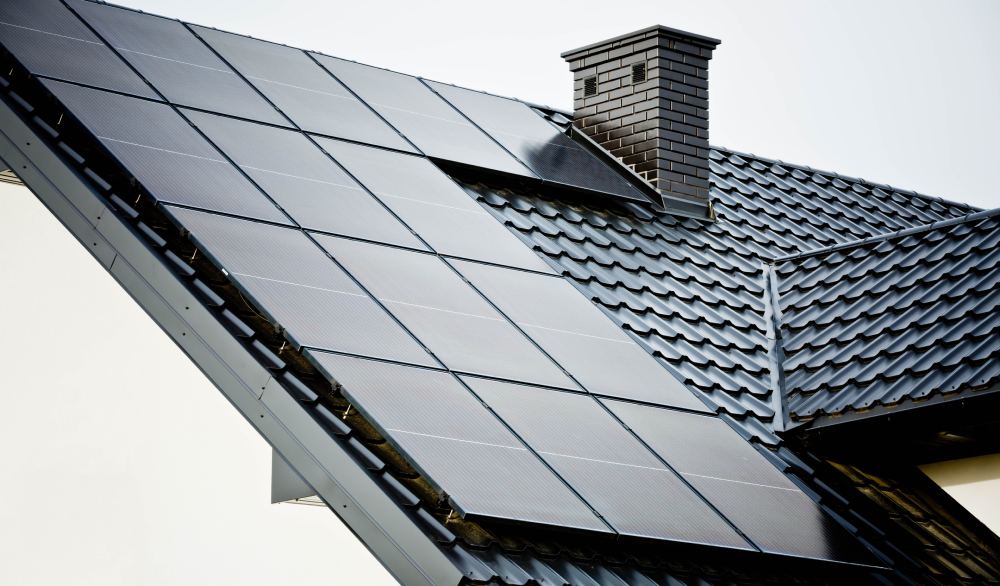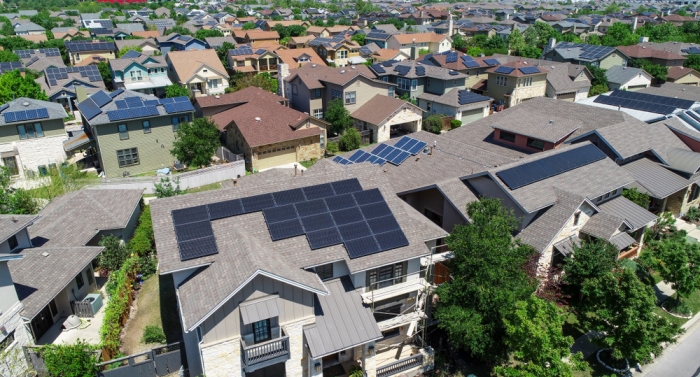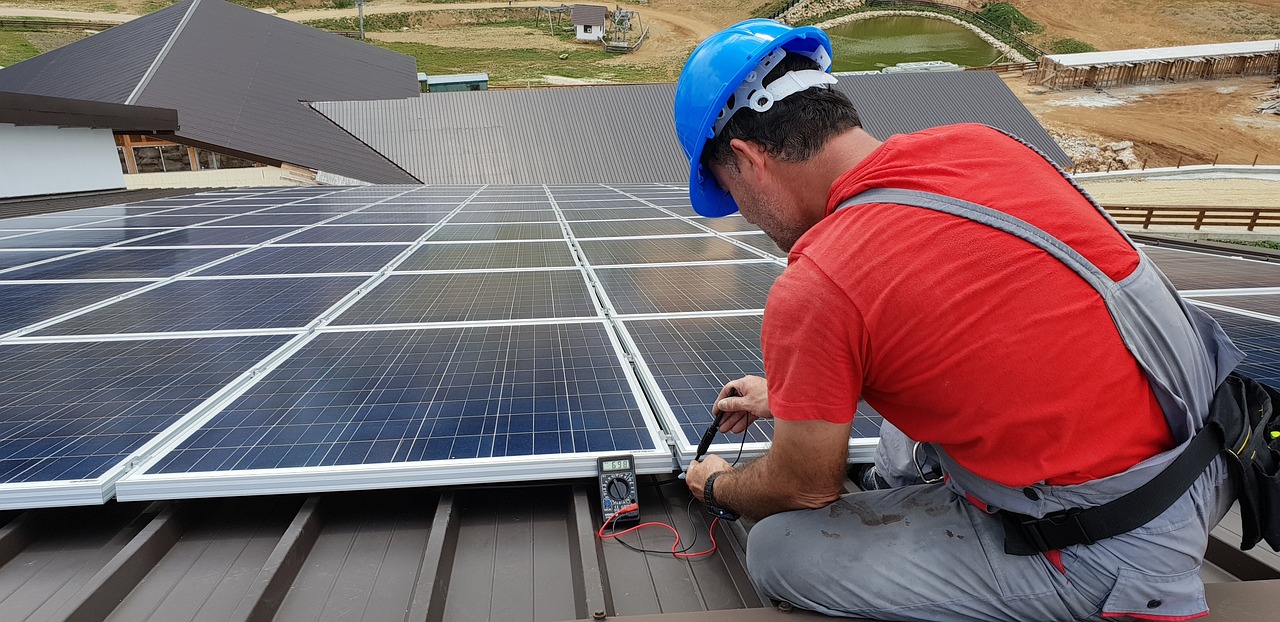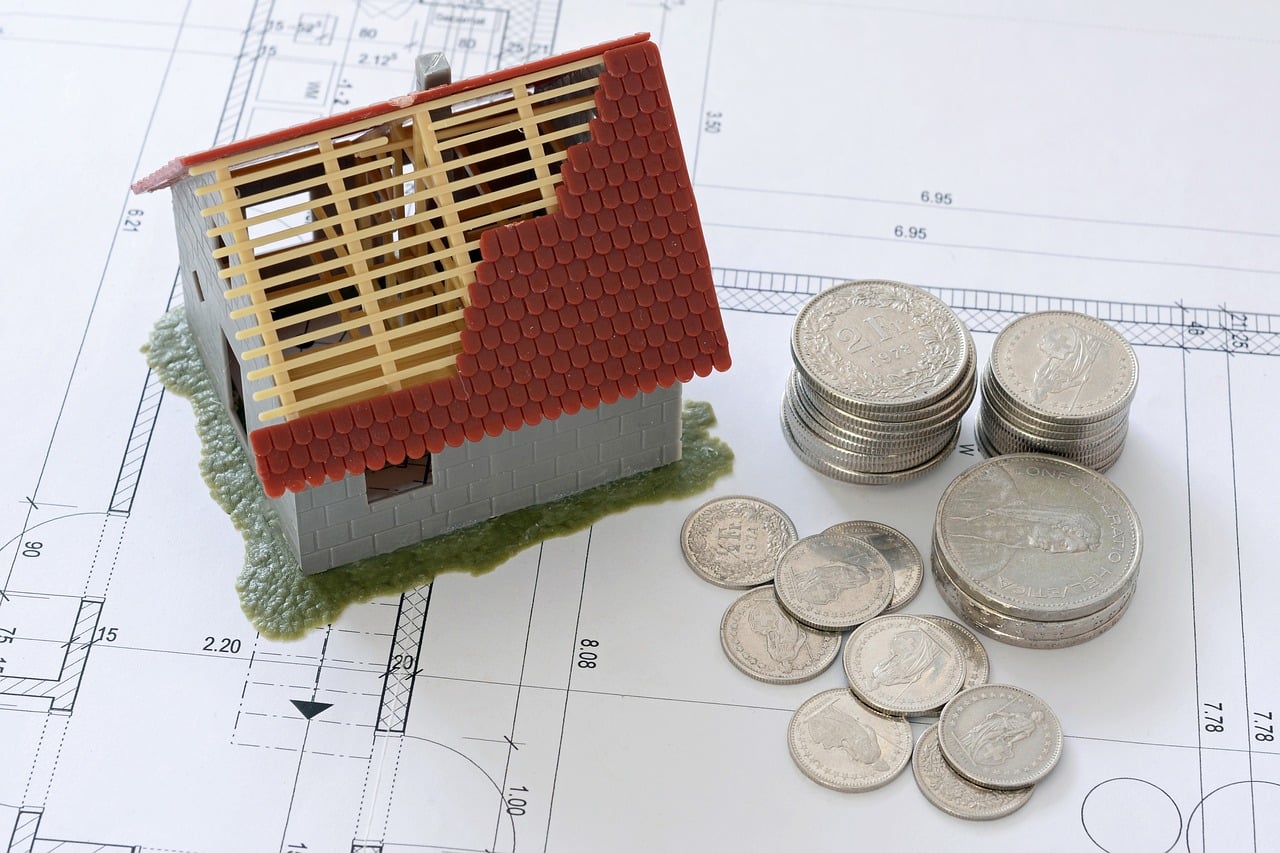As solar technology improves and more and more homeowners turn their sights to harnessing energy from the sun, many questions have arisen.
These questions are good because they demonstrate an interest in generating electricity in a clean way, and an increased number of people finding the benefits of active solar energy systems, which include efficiency, versatility, and reliability.
Solar panels are used in these systems to generate electricity by absorbing sunlight and converting it into household power.
One question making the rounds as of late pertains to the differences between passive and active solar energy. If you’re new to the solar game, then you might not have been aware of this question.
However, since you are on this page, your interest (like many others in the country) is growing. That means it’s worth knowing the differences between active and passive solar energy systems.
What is the Difference Between Active and Passive Solar Energy?
Converting the sun’s energy into electricity is a clean process overall. Active solar power systems play a crucial role in converting the sun’s energy into electricity, capturing and storing heat, and providing central heat.
These systems utilize the sun’s energy for various purposes such as generating electricity, heating homes, and powering devices. There are several ways to do so, as the Environmental and Energy Study Institute explains.
Active solar systems and passive solar systems are the two main forms of solar systems. While they each have their benefits, one might be more suited to your needs than the other.
Passive Solar Systems
On a basic level, a passive solar energy system collects solar heat without the need for external devices, relying on thermodynamics to provide heating and cooling. Passive solar heating works by absorbing, storing, and moving heat throughout a building using the natural properties of heat and light.
These solar systems are cost-effective and can be installed simply by adding solar panels to the roof of your home or office.
Passive solar systems have become pretty standard at this point, so installations can easily be tailored to your energy needs. They do not require ongoing maintenance (aside from general building maintenance). They’re very reliable as well, since they don’t have many components or control systems.
For the everyday person looking to make the transition to solar energy, passive solar systems have become a popular choice. However, passive solar solutions still come along with certain considerations. For example, passive solar heating relies on direct sunlight and the energy retained during the day as thermal mass. If you happen to be in a shady area, then some landscaping might have to take place to create direct access to sunlight.
Active Solar Energy Systems
The major difference between active and passive solar energy is that while passive systems occupy space on the exterior of your home, active solar systems occupy both exterior and interior space.
Active solar systems do not convert energy directly into electricity, but use a more involved process. Active solar heating utilizes additional technology and equipment to capture, store, and circulate heat.
Active solar heating systems include liquid-based systems, solar water heaters, hot water tanks, radiant slab systems, room air heaters, transpired air collectors, and ventilation preheating.
These additional mechanisms and steps come with additional cost. And unlike passive solar systems, active solar energy systems require external power sources to operate the various components.
Examples include heat exchangers for hot water or ventilation systems for solar air heaters.
However, these heating systems also tend to be more efficient than passive solar systems. Even if your structure is older and the insulation (for example) is not as sound as it could be, an active solar system will still go a long way in bringing down utility and energy costs.
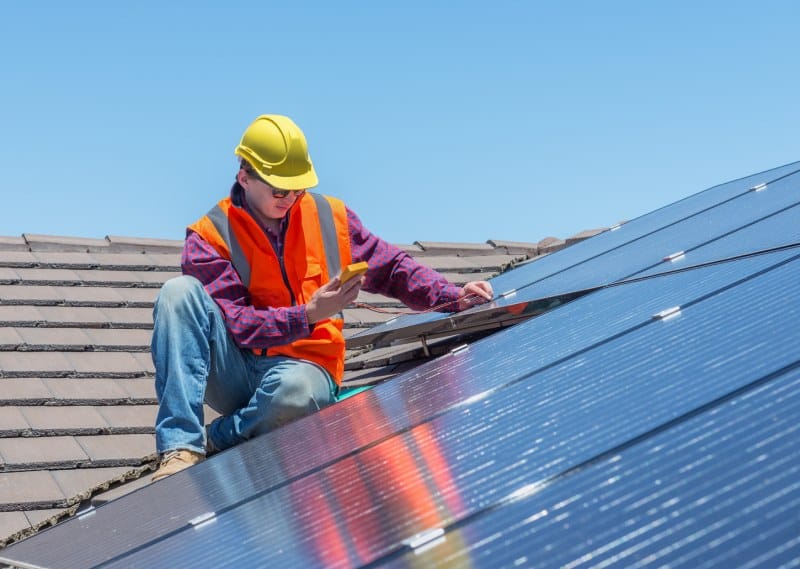
Passive vs Active Solar Energy: Which is Right for You?
These are merely the baseline differences when it comes to choosing between passive and active solar energy. While active solar systems tend to be more effective than passive solar systems, cost consideration is a big factor in many people’s minds.
Solar heat plays a crucial role in both passive and active systems, capturing and storing energy to power heating and cooling.
Passive solar heating systems harness the natural properties of heat and light to absorb, store, and distribute heat throughout a building. They rely on the sun’s power for heating, utilizing windows, walls, and floors to maximize passive solar energy. This can lead to significant energy savings and reduced environmental impact.
Additionally, there are variables, such as location, that should play a role in your decision as well. If you live in a warm climate with plenty of sunshine, then you have different factors to consider than someone who lives in a place where insulation, windows, and lack of sunlight tend to have more weight.
The best way to know whether passive vs. active solar energy is the right choice for you is to talk to a professional and see what makes the most sense. Solar technologies have come a long way, and they are not one-size-fits-all. To maximize energy, solar systems are tailored to their structure and to the needs of the building.
We can help walk you through what makes the most sense for your situation. We’ll provide a free quote, too, so you know where you stand when it comes to solar energy systems.
Make the move to solar energy in a way that makes sense for you, your home, and your budget. The environment will thank you either way.
Call today and get a free quote: 1-800-674-9750

